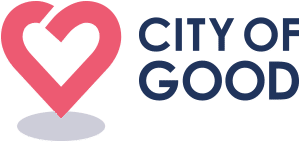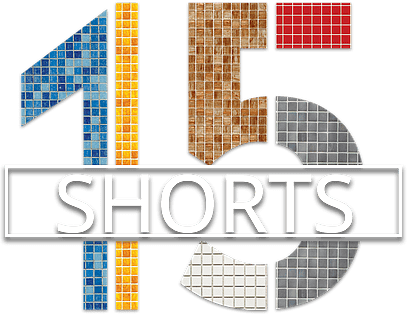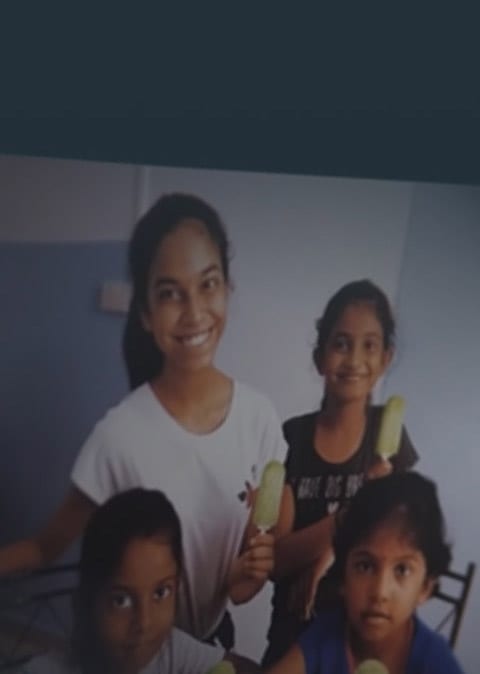The road to a thriving community
At the heart of any community is its members—the people who live, learn, and contribute within a group that shares similar interests, identities, or missions.
When those members feel comfortable with one another, are open to giving and receiving, possess a sense of ownership over the community and are making progress towards their goals, then it can be said that the community is healthy.
Every developer wants to help their communities thrive. In order to do that, there are four things they should consider doing:
Foster a sense of belonging and inclusion
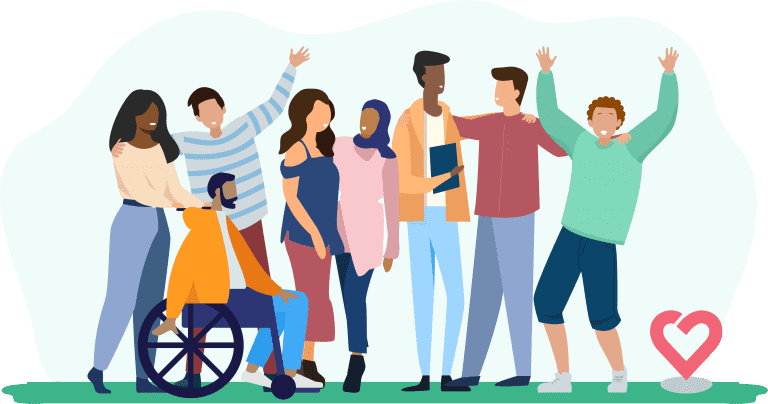
A “sense of belonging” happens for different reasons for different people and on different scales. Some members will feel more at home with the group than others, depending on factors like how long they’ve been members, how much they’ve contributed, and how aligned that community is with their own purpose. To understand how you can encourage inclusion within the community, you need to know the different ways members develop a sense of belonging:
- When members have a common vision and goal they would like to achieve.
- When existing members are friendly and create a welcoming environment. This helps new members become comfortable in the environment and encourages them to make friends.
- When members meet up regularly. Regular meetups help build relationships within the community as they give members an avenue to familiarise themselves with one another and deepen friendships. Some communities even have designated “befrienders” for these meetups.
- When members’ opinions and feedback are heard This allows members to feel valued and appreciated, but most importantly, seen. Particularly, developers should be intentional in reaching out to minority groups, whose voices are often overlooked or neglected. When members know that their voices matter, they will feel comfortable in the community’s space.
- When members are given the ability to make decisions and enact their ownership over the community. Members who help make important decisions or contribute their talents for the development of the community are more likely to feel attuned to the community’s overall purpose, which lends to his or her sense of belonging.
All of these scenarios can be understood within the context of “inclusion” and “exclusion.” While these might seem like basic concepts, there are certain nuances to consider. Inclusion can take the form of racial, religious, gender, or abilities. Others consider inclusion in terms of participation as a member can feel “included” even if he or she is unwilling to participate or be actively involved in contributing to the community.
A community will have groups with varying levels of inclusion, and that’s okay. Developers can define inclusion in terms relevant to their community to manage expectations.
While exclusion sounds like a bad thing, it may be necessary to exclude certain people in order to fulfill specific purposes shaped by the boundaries of the community. If a community is too diverse, members end up with very little in common, making crafting programs a difficult endeavour.
For example, Friendzone.sg organises community gatherings for young adults ages +/- 18-35 (in the life stage of tertiary education, NS, or fresh in the workforce). The purpose of setting these boundaries is to attract and build a community of youths in this specific age range of participants within the neighbourhood as opposed to organising neighbourhood activities for all ages. They tailor their programmes and activities to this demographic.
In cases where exclusion of members is necessary, developers need to be able to communicate the need to exclude certain members. Pal, a community developer for South Central Community Family Service Center, shared how situations where members have to be excluded are handled —he calls it the “3 E’s”. This should be a collective decision by the group and not by the community developer. He explains, “our role is to enable the group to facilitate decision making and execution.
- Personally engage the member/s that the group feels need to be excluded (for now). We are not banning this member but saying that, for now their presence is, for whatever reason, not contributing positively or appreciated.
- Explain why the group feels that the member/s cannot be included for now. Be specific, e.g. what was it about their actions, behaviours, character or etc.
- The group must articulate expectations clearly to the member/s, as to what is expected of them to be accepted by the group. This would help in suggesting that there is always an avenue to return if the member/s is ready for change.”
Develop community ownership
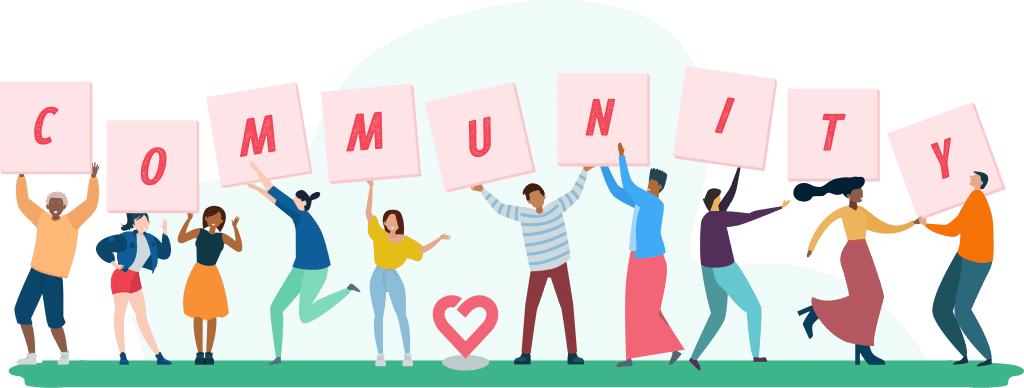
For communities that involve a provided programme or service by an organisation, there is a danger of members seeing the community as merely a commodity—something they take or receive from rather than something they are a part of or give to.
If your goal is to create a healthy community, then this isn’t the way to go. Developing a sense of ownership of the community among members ensures that there exists the drive to sustain itself even when resources are low or developers or facilitators are absent.
If your goal is to create a self-sufficient community, then you need to develop a sense of ownership among members—whether or not the community revolves around a program or service—to ensure that the community can sustain itself even when resources are low or developers or facilitators are absent.
But firstly, to own something, one has to perceive that the thing belongs to you. Members must believe that they belong to the community and the community belongs to them.
Secondly, there must be clarity and understanding of a member’s role – i.e. what contributions or responsibilities are expected to be fulfilled and what rewards will be received in return.
Ownership occurs at different scales such as the intrapersonal, interpersonal, intra community and intercommunity. At an intrapersonal level, this looks like the individual seeing and understanding their role in their community. In this lens, one can take ownership in the form of overlaying one’s personal goals with the change one wants to drive for.
At an interpersonal level, it refers to the relationships one has with others. For example, the intentionality an individual takes to build and deepen relationships or welcome others. Strengthening relationships with each other motivates individuals to play an active role in building the community through delivering programs or shaping the culture.
On an intercommunity level, ownership could look like an individual identifying ways to bridge the different communities they are a part of. For example, performing with dance friends at the senior activity center that this individual volunteers at; or inviting friends from different communities to experience and understand the culture of another community.
Many factors can contribute to cultivating ownership, such as meeting frequently so friendships are formed, knowledge is shared and contribution is slowly normalised. Developers should also listen to members and understand what they would like to learn or how they would want to contribute. Cultivating a sense of ownership should also be accompanied by practice systems or set structures that would act as a means to encourage commitment, scaffold responsibility and ensure members treat each other respectfully.
Developers from Yishun Health run a programme that helps seniors prevent frailty through exercise. The community developer was very intentional in ensuring the programme could run even without them being present, so they taught “Leaders”’ among the community how to do these exercises and how to teach others these exercises as well. Sometimes, the developer would intentionally be late to see if members would run the programme themselves. This way, the developer is able to prepare the members for his eventual exit from the community; and act consciously as “catalysts” or “animators” to the community.
In contexts where the developer’s purpose is to build a sense of ownership among members and leave the community shortly after, developers may need to be “friendly but not a friend” to prevent members from becoming too dependent in a way that’s understood in “normal friendship.”
Using the same example from Yishun Health, we can identify two ways to develop ownership:
- Developing ownership through value. The senior citizens were given a role to play in the community, which made them active participants in the growth and development of the community. This gives them a sense of responsibility in running the program and ensuring their fellow elders had the proper exercises to keep them strong.
- Developing ownership through contribution. Ownership and contribution go hand-in-hand—the more members contribute, the more they will feel a sense of ownership over the community, and vice versa.
However, take note that not all communities are ready or willing or able to take ownership. Elysa from Campus Impact, a non-profit organisation that runs programmes for youths who are going through a transitional phase in their lives, shared the difficulties she had in getting the children to take over or helm a programme. Recounting one instance, Campus Impact had given the children the opportunity and space to run a programme but immediately had to intervene because conflicts arose among them.
At the end of the day, ownership is not a linear process, but rather an iterative one. The ways in which developers encourage ownership within their communities are largely governed by intuition rather than theory, which is why so many find it difficult to pass on ownership of the community to members rather than outsiders.
For developers who plan on leaving their communities eventually, this is essential for the community to survive. Former community members can step up to take on various roles to continue nurturing the community, take the lead and become new community developers instead.
But there’s no doubt that members who have a strong sense of ownership over their communities are more self-sufficient than those who don’t.
Encourage community contribution

In community development, there’s an approach called asset-based community development (ABCD) that involves paying attention to what is in a local place (not what we think should be there or what isn’t there) and believes in discovering assets currently present in the community and using those assets for the benefit of the greater community.
In this approach, members are viewed as “active citizens” rather than “passive recipients”—people who are capable of contributing and are empowered to rally together to solve community problems.
There are three factors that affect a member’s ability to contribute:
1. The member’s capacity and means
Each member has a different assets to contribute—it could be a skill or talent (e.g. the ability to host a community event), stories or experiences (e.g. an inspiring tale of overcoming adversity), professional background (e.g. background in graphic design to help with social media pushes), or resources (e.g. a house to contribute during community retreats).
Every member will contribute differently so it’s important for developers to identify and assess what kind of assets are present within the community, who can contribute these, and how much members are willing to contribute.
Ways developers can do this include having continued individual conversations with community members, asking members to provide background information during the member’s registration process, posting a call for volunteers or sending out surveys.
2. The structure provided by the group
Are there avenues for your community to contribute? Providing proper communication or contribution channels is essential in enabling your members to contribute in the first place.
Elysa from Campus Impact shared that to encourage contribution within her community, she provides a duty roster for the youths who come to the Centre. Within the roster, she allows members to initiate any other channels of contribution they deem fit, as well as provide feedback on existing initiatives.
Rather than just sending members a laundry list of items to contribute, Elysa gives members an avenue to be heard and involved in the community’s decision-making processes. And this, in turn, promotes ownership among members.
3. Affirmation given for each contribution
Whatever the structure, it’s important to affirm member contributions to ensure they have a positive experience giving back to the community. Hopefully, this appreciation encourages them to continue these efforts in the future.
Affirmations can be as simple as thanking volunteers publicly, through a social media post or even a public announcement. Or it can be personal affirmations through tokens of gratitude and appreciation.
It’s important to note, however, that not all member contributions will result in positive outcomes, so you need to be prepared to manage or address that, and decide how involved you want to be should conflicts arise.
Contribution takes time
Members are more likely to contribute if they feel a sense of belonging and their personal interests are fulfilled before they feel comfortable enough to actively contribute. A welcoming and inclusive environment also helps.
Willingness to contribute is likened to going through a series of doors—members will only open a door when they’re ready. And empowering members to move from one state to another requires investments in time and effort, but it’s all part of a much larger goal of cultivating a sense of ownership.
Manage diversity among members

Earlier we talked about the role of inclusion and exclusion within communities. Usually, communities are united by a common purpose—whether it’s to join a program that offers a unique skill or benefit, or having a common interest. Even if you were to be as exclusive about the kind of members you want to join the group, there will undoubtedly be some level of diversity among members.
Members have different demographics, skills, and reasons for joining a community. And more often than not, that’s a good thing. But differences between groups can naturally bring about conflicts of interest. For example, your community might have similar interests or goals but have entirely different approaches to that end.
Identify the common cause, identity, and interest between members
Developers agree that identifying the needs and interests of members can pave the way for a sweet middle-ground when conflict arises.
Company of Good, a community dedicated to empowering Singapore businesses to give, makes time to engage inactive members of their community to understand how they can help them meet their needs.
Understanding both engaged and unengaged members can prove to be an enlightening experience for the developer and provide ideas on how to better the overall betterment of your community. Mandy explains: “Understanding the unengaged could help us understand their motivation of being in a community. For example, some are interested in networking and meeting new people, some are interested in learning a new skill while others return because of the friendship in the community. A community can develop a range of offerings to continuously engage people with the same purpose (but different commitment level and different hook points).”
“Meanwhile, this exercise also helps potential members discover for themselves what aspect of the community interests them before they even join the community. Lex from co-working space Mutual Works says this is what his community does to better gauge how the members might enjoy being part of the community.
Overcoming the challenges of diversity
To find that “middle ground” between members, developers need to focus on commonalities within the community. When different members of the community have a common cause, identity, or interest, redirecting the conversation towards these similarities can remove biases and instil a sense of solidarity.
Provide avenues or “safe spaces” for members to discuss their diversity openly with others
Managing diversity can only happen if members have a space to discuss these issues. Developers also need to be adaptive to differences and make time to listen to members, allowing them to be heard and helping them accept and respect each other’s interests and needs.
Again, this requires having a welcoming environment that encourages candid conversations and honesty.
Abhishek from Beyond Social Services shares about his experience managing diversity. He says that when a conflict in the community becomes too disruptive, developers will approach the members who are involved and ask if they would like to work on it on their own. If there is still conflict, the developers will suggest a peace-making circle where involved members can take turns to share their feelings and thoughts on the issue, bearing in mind that the objective is to understand and make peace.
The role of the developer is not to get involved, but to maintain a safe circle for peace-making to occur, even if that means reaching an outcome where members go their separate ways.
This kind of culture should create norms rather than rules. Rules are set and limiting, and often created without dispute from members, while norms are the result of dialogue and understanding.
Norms are also much more flexible—like a guideline more than anything—and can contribute to a greater culture of collaboration and cooperation. After all, members are abiding by these norms of their own volition, and that solidifies the respect they have for each other’s differences.
Building an active, engaged, and inclusive community
Just like cultivating ownership, community-building is an iterative process that requires a lot of trial-and-error and customisation on the part of the developer. Every community is unique—it will have its own set of members, assets, contributions, and even conflicts that developers will have to draw on past knowledge and experience to navigate, manage and adapt accordingly.
Developers, too, have their own views on what a “successful” community is, as well as their own opinions and best practices on how to create a thriving and self-sufficient community.
But developers can agree that the key to creating active and engaged members is through:
- Fostering a sense of belonging and inclusion by focusing on common goals, welcoming new members, meeting up regularly, and getting members to contribute and feel a sense of ownership over the community
- Developing community ownership by giving members a role to play in the community and opportunities to contribute
- Encouraging community contribution by giving members the freedom to initiate and suggest, providing the right structures to make contributions possible, and to give consistent affirmations for contributions
- Managing diversity amongst members by creating safe spaces for dialogue and focusing on similarities among members
To incorporate all these concepts into strategies for developing your community, we suggest you take a closer look at the membership journey. You can find a template for curating your own membership journey here (Coming in December 2020).
If you’re interested in learning more about how to shape the culture in your community for the better, read on to our next chapter: Shaping Culture.



